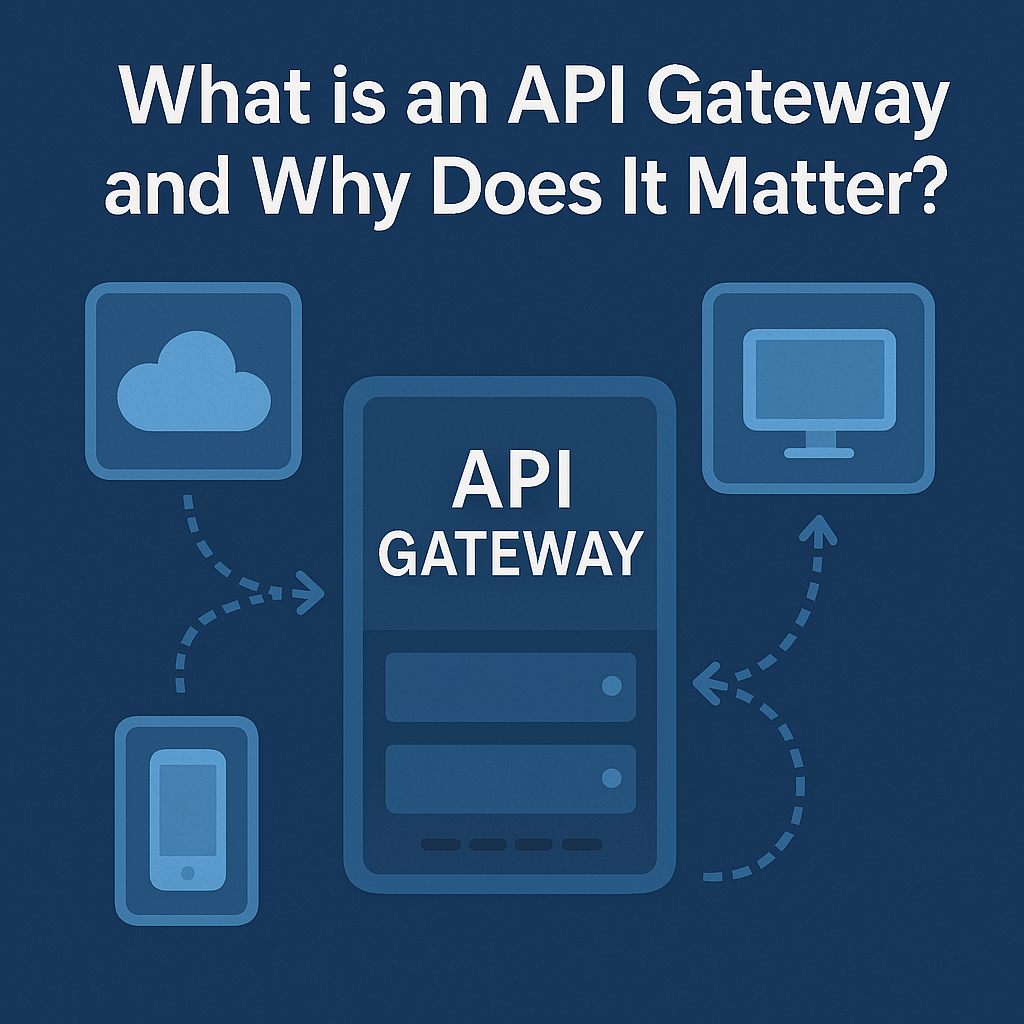
In modern software architecture — especially with the rise of microservices — the API Gateway has become an essential component.
It acts as a single entry point for client requests, routing them efficiently to the appropriate backend services.

An API Gateway is a server that:
In essence, it’s a reverse proxy with added intelligence for API-based systems.
Routing & Load Balancing
Directs requests to the right service and distributes load efficiently.
Authentication & Authorization
Centralizes security — verifies users and enforces access control.
Rate Limiting & Throttling
Protects backend services from overuse or abuse.
Caching
Reduces latency and improves performance for frequent requests.
API Versioning
Allows smooth rollout and management of different API versions.
Monitoring & Logging
Provides centralized insight into traffic and service behavior.
Without an API Gateway:
With an API Gateway:
An API Gateway is highly recommended when:
Popular tools include Kong, KrakenD, Traefik, Nginx, and Apache APISIX.
The API Gateway is more than a proxy — it’s a strategic component that simplifies operations, secures your architecture, and enables your services to scale with confidence.
If you’re working on distributed systems or exposing public APIs, adopting an API Gateway is a smart move for long-term maintainability and performance.